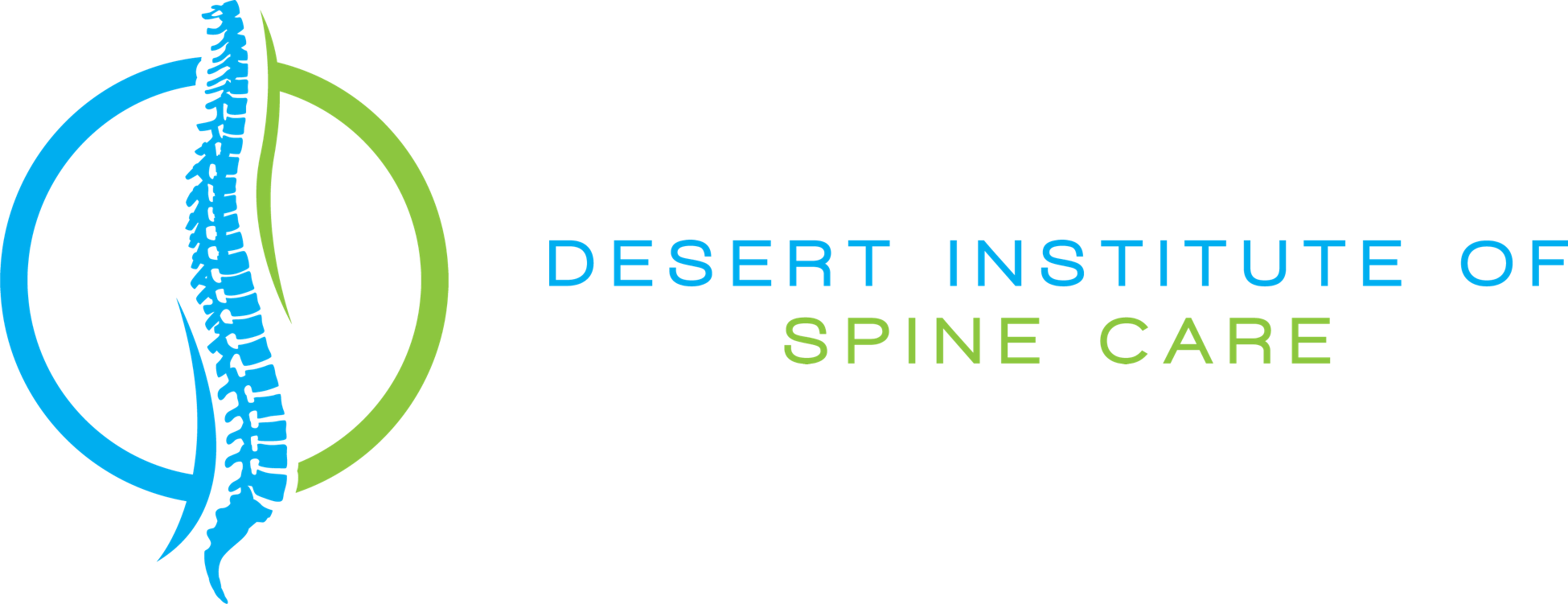Lumbar laminectomy (open decompression) is a surgical procedure that is performed to alleviate pain caused by neural impingement (pressure on the nerves). The surgery removes a small portion of the bone over the nerve root and/or disc material from under the nerve root to give the nerve root more space and an opportunity to heal.
A laminectomy is effective for decreasing pain and improving function for patients with lumbar spinal stenosis. Spinal stenosis is a condition that usually occurs in elderly patients, and is caused by degenerative changes that result in enlargement of the facet joints. The enlarged joints then place pressure on the nerves, and this pressure may be effectively relieved with a lumbar laminectomy.
Laminectomy surgical procedure
- A two-inch to five-inch long incision is made in the midline of the back
- The left and right back muscles (erector spinae) are dissected off the lamina on both sides and at multiple levels, allowing the surgeon access to the nerves
- The facet joints, which are directly over the nerve roots, may then be trimmed to give the nerve roots more room
- Following the operation patients are in the hospital for one to three days. The patient’s ability to return to normal activity is largely dependent on his or her pre-operative condition and age. Patients are encouraged to walk directly following the procedure. It is recommended that patients avoid excessive bending, lifting or twisting for six weeks in order to avoid pulling on the suture line before it heals.
Laminectomy success rate
Laminectomy surgery has a favorable success rate. Following surgery approximately 70% to 80% of patients have significant improvement in their ability to perform normal daily activities and a noticeably reduced level of pain and discomfort.
Results from this surgery are much better for relief of leg pain caused by spinal stenosis than for relief of lower back pain. Lumbar spinal stenosis is often created by the facet joints becoming arthritic, and much of the back pain is from the arthritis. Although removing the lamina and part of the facet joint can create more room for the nerve roots it does not eliminate the arthritis. Unfortunately, the symptoms may recur after several years as the degenerative process that originally produced the spinal stenosis continues.
In certain instances the success rate of a decompression for spinal stenosis can be enhanced by also fusing a joint. Fusing the joint prevents the spinal stenosis from recurring and can help eliminate pain from an unstable segment. Fusion surgery is especially useful if there is a degenerative spondylolisthesis associated with the stenosis. Generally speaking, if there is multi-level stenosis from a congenitally shallow canal a fusion is not necessary; however, if the stenosis is at one level from an unstable joint (e.g. degenerative spondylolisthesis), then a decompression surgery with a fusion is a more reliable procedure.
Laminectomy risks and complications
The potential risks and complications with a laminectomy procedure include:
- Nerve root damage (1 in 1,000) or bowel/bladder incontinence (1 in 10,000). Paralysis would be extremely unusual since the spinal cord stops at about the T12 or L1 level, and surgery is usually done well below this level.
- 1 to 3% of the time a cerebrospinal fluid leak may be encountered if the dural sac is breached. This does not change the outcome of the surgery, and generally a patient just needs to lie down for about 24 hours to allow the leak to seal.
- Infections happen in about 1% of any elective cases, and although this is a major nuisance and often requires further surgery to clean it up along with IV antibiotics, it generally can be managed and cured effectively.
- Bleeding is an uncommon complication as there are no major blood vessels in the area.
- In approximately 5 to 10% of cases, postoperative instability of the operated level can be encountered. This complication can be minimized by avoiding the pars interarticularis during surgery, as this is an important structure for stability at a level. Weakening or cutting this bony structure can lead to an isthmic spondylolisthesis after surgery. Also, the natural history of a degenerative facet joint may lead it to continue to degenerate on its own and result in a degenerative spondylolisthesis. Either of these conditions can be treated by fusing the affected joint at a later date.
General anesthetic complications such as myocardial infarction (heart attack), blood clots, stroke, pneumonia or pulmonary embolism can happen with any surgery. Although in the general population these complications are rare, laminectomy surgery for spinal stenosis is generally done for elderly patients and therefore the risk of a general anesthetic complication is somewhat higher.
- Lumbar laminectomy (open decompression)
- Laminectomy back surgery animation
- Lumbar decompression back surgery considerations
- Decompression, laminectomy and microdiscectomy back surgery
For a full range of information and illustrations on the back and spine, see www.spine-health.com.


